Understanding the Six Commonly Used Inks in Stamping
Ink! It is what makes our cards and stamped images come to life. A gold pigment ink can make a sentiment pop but it easily smears if you’re unsure of the properties of the ink. Understanding the six commonly used inks in stamping will help you to make better cards.
When I attempted stamping back in the early days of my crafty life, I never understood why my images would smear or they would just disappear. I was using the wrong inks for the job. It turned me off of stamping for a long time. I fell in love with stamping when I found Stampin’ Up! I learned about the properties of commonly used inks in stamping and found out all I could to improve my stamping. Now, I’m sharing that knowledge with you.
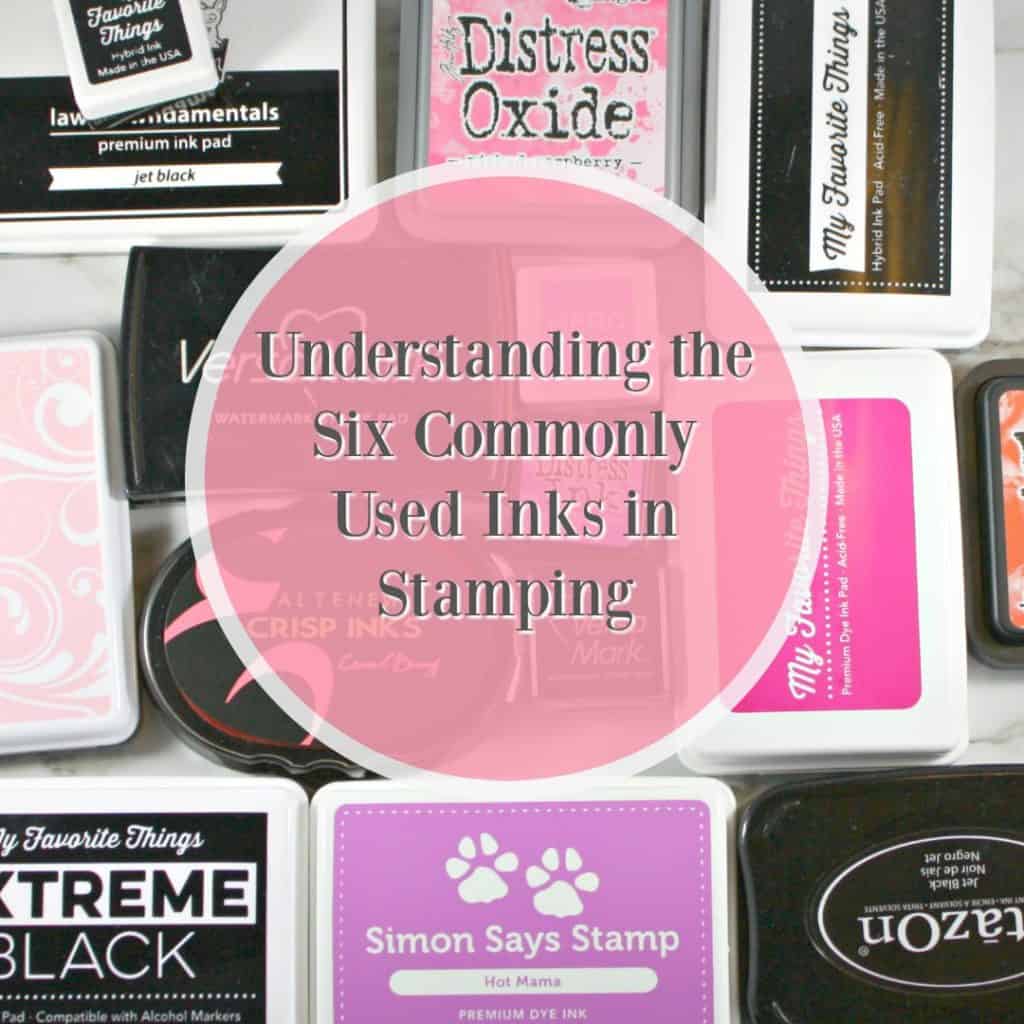
Affiliate Disclosure Policy
This post contains affiliate links for your convenience. This means if you make a purchase after clicking a link, I will get a small commission with no additional cost to you as the consumer. Jill Cameron Creations/Jill Lipscomb participates in the Amazon Services LLC Associates Program, an affiliate advertising program designed to provide a means for sites to earn advertising fees by advertising and linking to Amazon.com. For full disclosure policy click here.
Below are listed the six most commonly used inks in stamping. Of course, these are not all of the inks that can be used. There is ink of all kinds used in various other mediums such as printmaking and gel prints, but those kinds of inks aren’t suitable for stamping in the traditional sense.
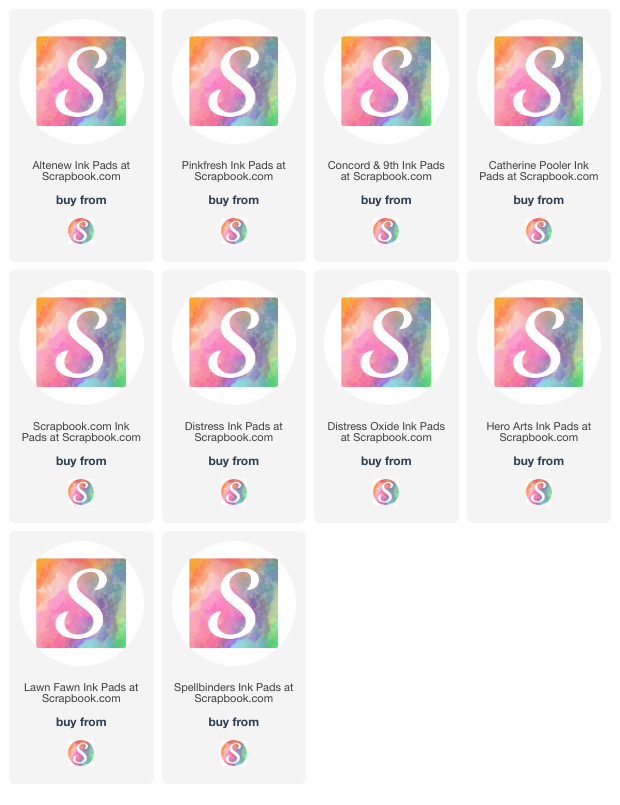
Ink Commonly used in stamping
Dye Ink Pads – These are the most commonly used ink pads for stamping crisp, clean images
- Water-based; Soak into the paper instead of sitting on top of the paper
- Dry quickly
- Many brands and a rainbow of colors
- Very firm ink pad surface
- Reinkers, full-size ink pads, and mini cubes are offered by many companies
- Will fade over time if exposed to direct sunlight
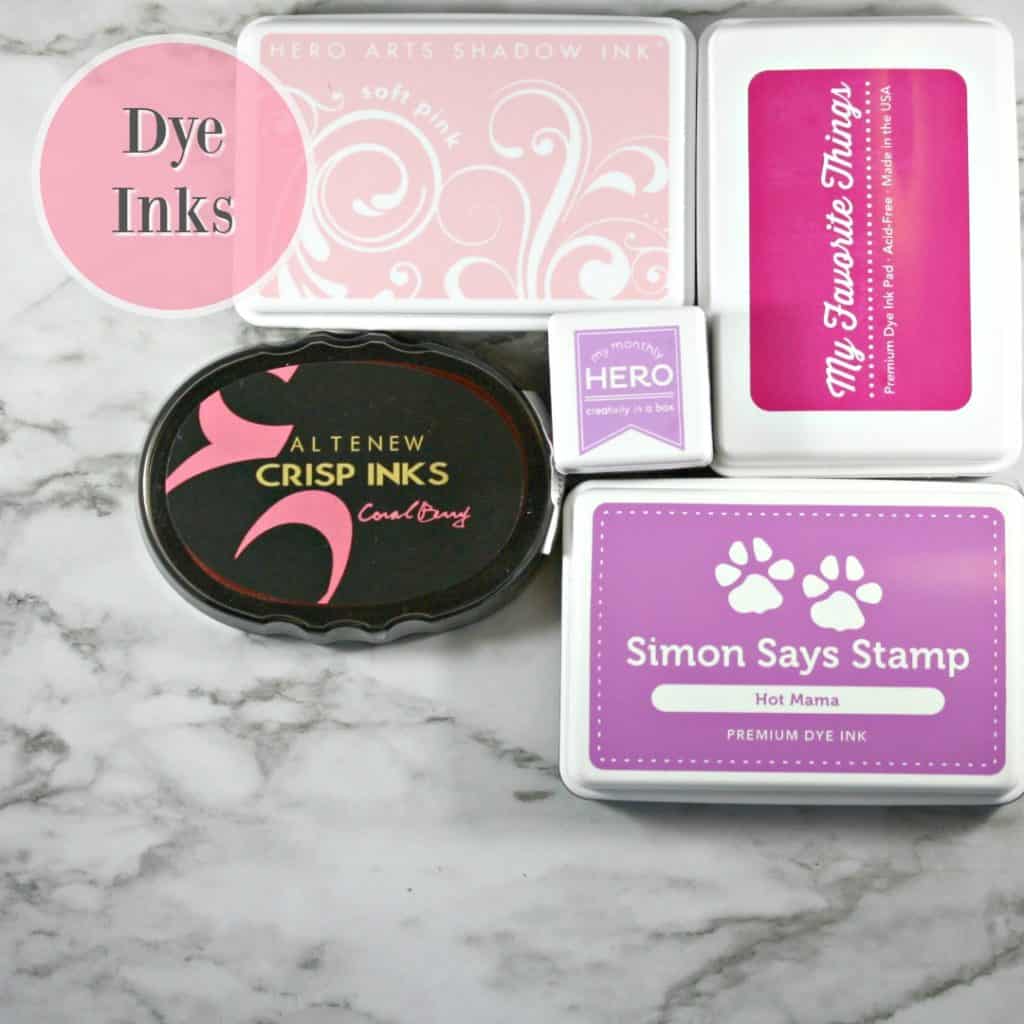
Pigment In Pads
- Dye-based ink; Sits on top of the paper
- Thicker, opaque ink
- Spongy ink pad surface
- Can be used on dark-colored cardstock
- Dries slowly; Needs to be heat set or used with embossing powders
- Fade-resistant
- Cannot be used on glossy paper without embossing
- Full-sized ink pads. I don’t know of any pigment inks in mini-cubes
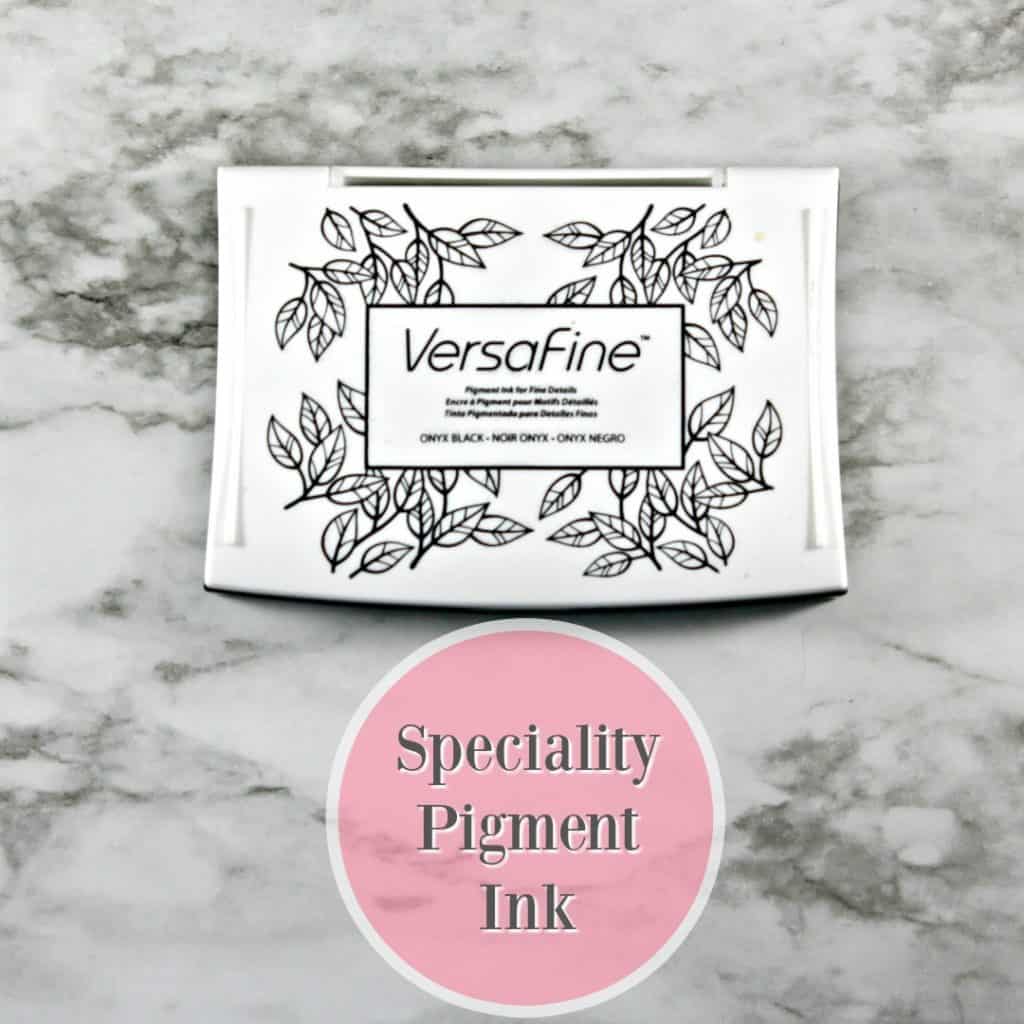
Solvent Ink Pads
- A brand called Staz-on ink
- Use this ink on all kinds of surfaces, including glossy
- Permanent ink
- Acid-Free & Archival safe
- Be sure to clean your photopolymer stamps after using this ink
- Uses special cleaner which isn’t recommended for photopolymer stamps
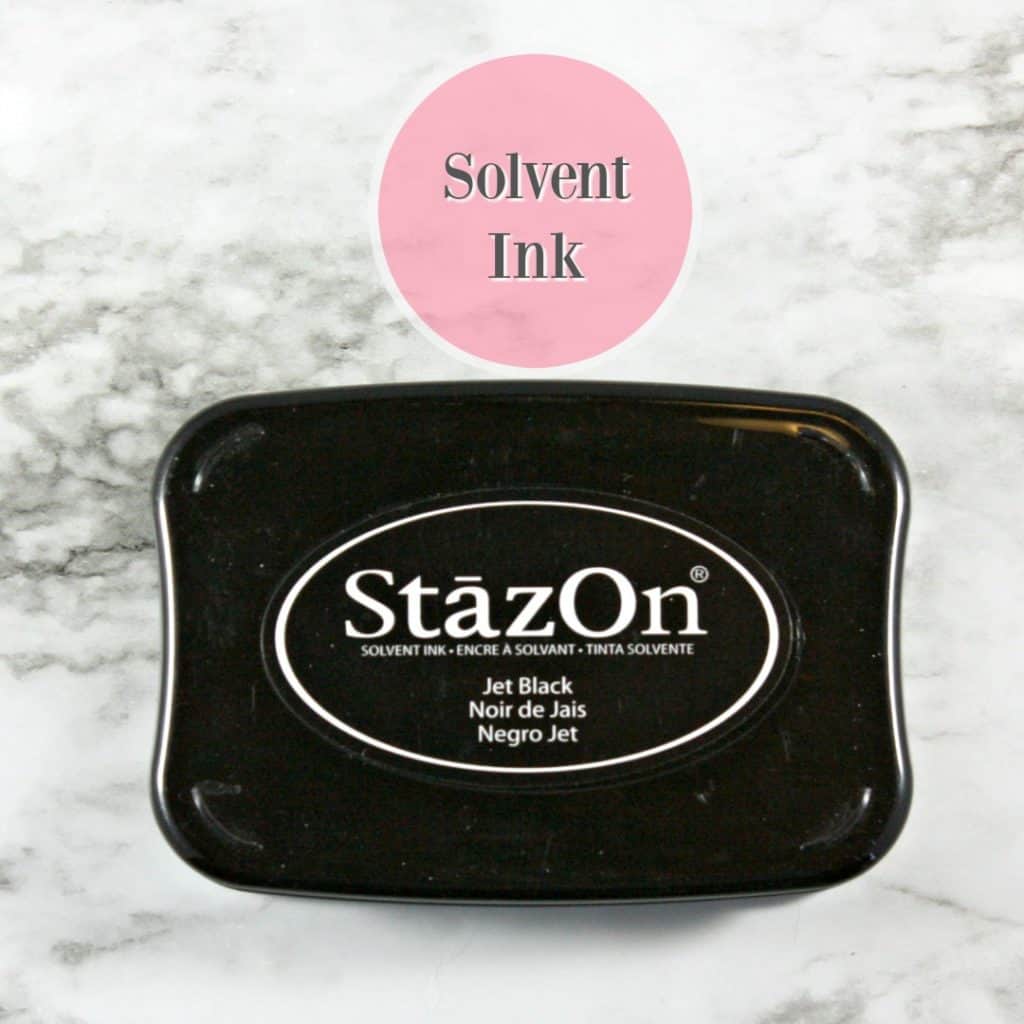
Versamark Watermark Ink Pad
- Clear, sticky ink
- Slow drying
- Used with embossing powders and a heat tool to melt the embossing powder
- Used to watermark cardstock
- Spongy ink pad surface
- Ink pads come in full size and mini cubes
- Reinkers available
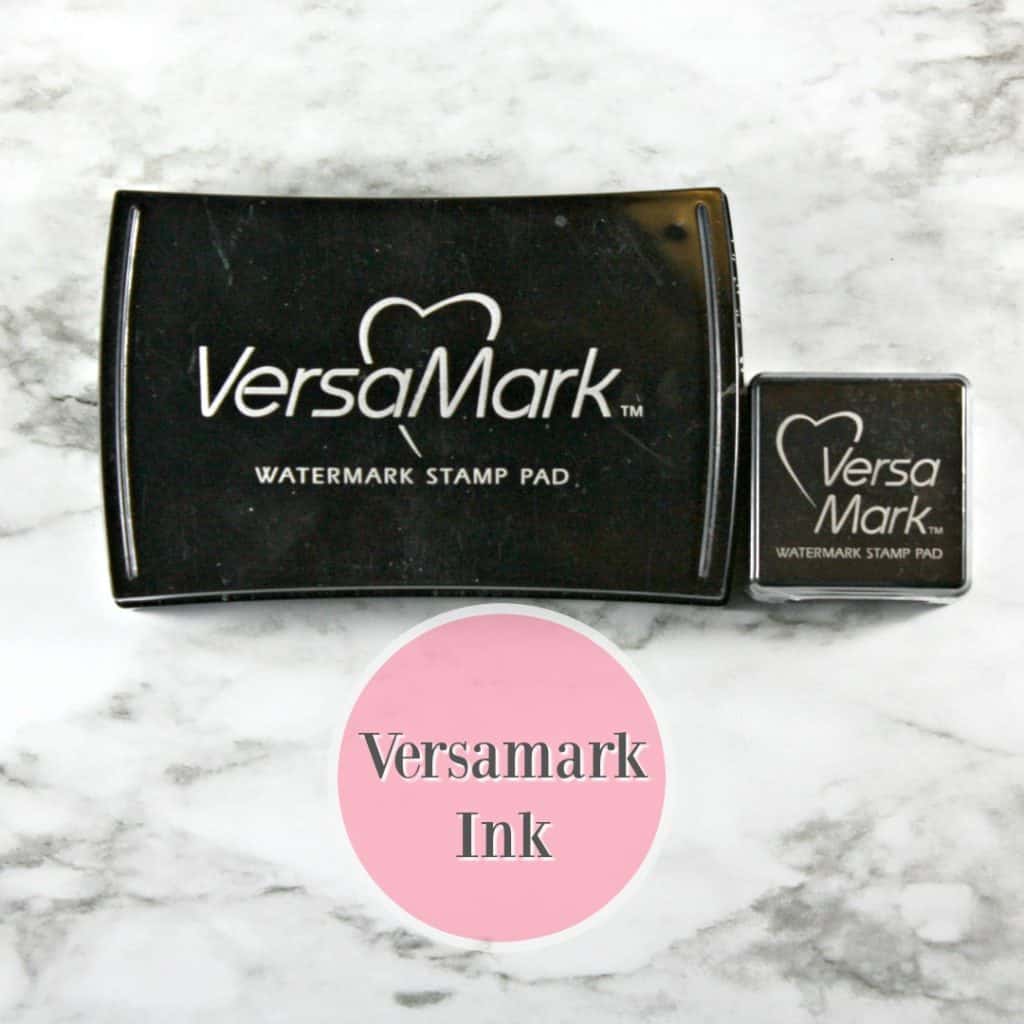
Copic Friendly Ink Pad
- Not water-based dye ink
- Generally a hybrid ink
- Will not smear or bleed like with a dye ink when colored over with an alcohol-based marker
- Mostly used in black and very light colors for no-line coloring
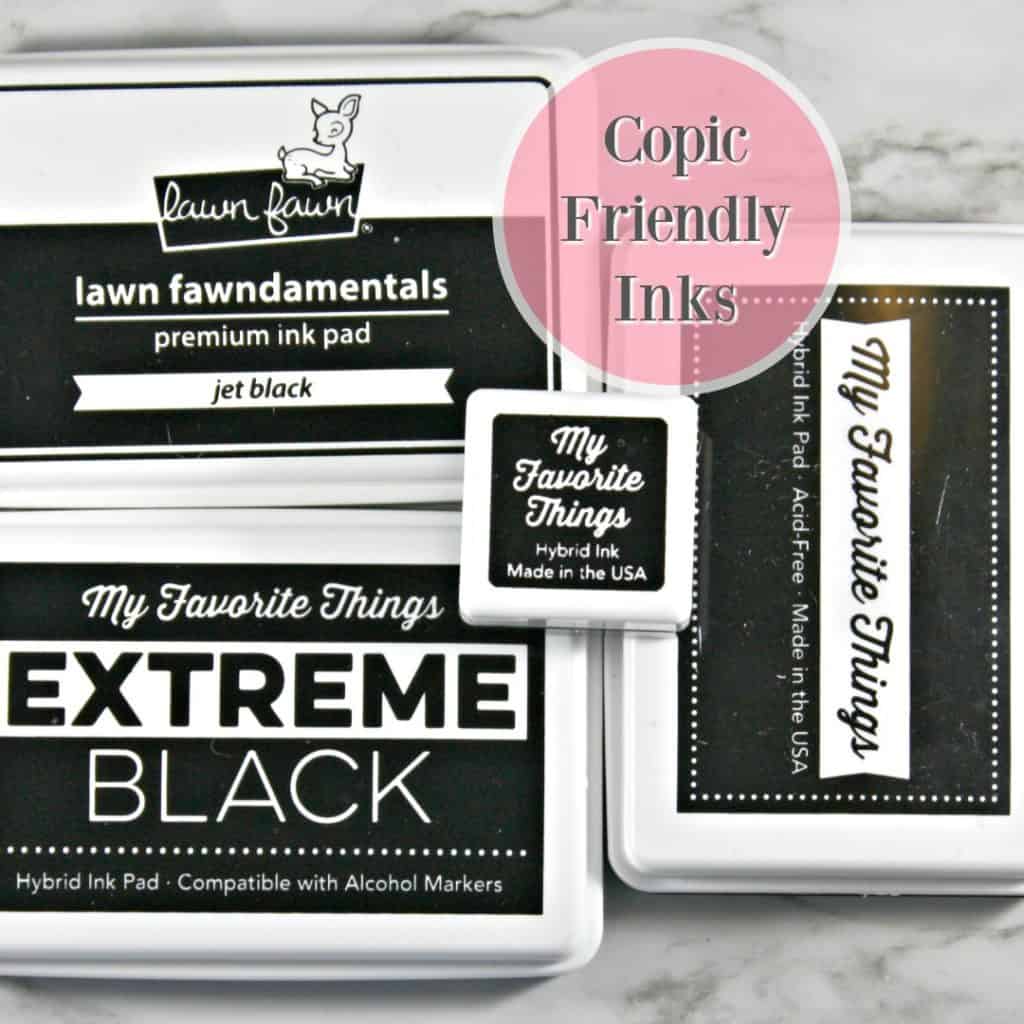
Distress Ink pads
- Dye ink pad
- Reacts with water
- Dries quickly
- Firm ink pad surface
- Not a good ink for everyday stamping; great for stamping for no-line watercolor
- Great for watercolor and ink blending techniques
- Ink pads come in full-size and mini cubes
Distress Oxide Ink
- Cross between a pigment ink and a dye ink
- Reacts with water by oxidizing the ink
- Layer the ink by drying in between layers
- Stamps clear images
- Spongy ink pad surface
- Doesn’t dry as quickly as dye ink but not as slowly as pigment ink
- Great for ink-blending techniques
- Currently offered in about ½ of the colors of Distress Ink and in full-size ink pads only
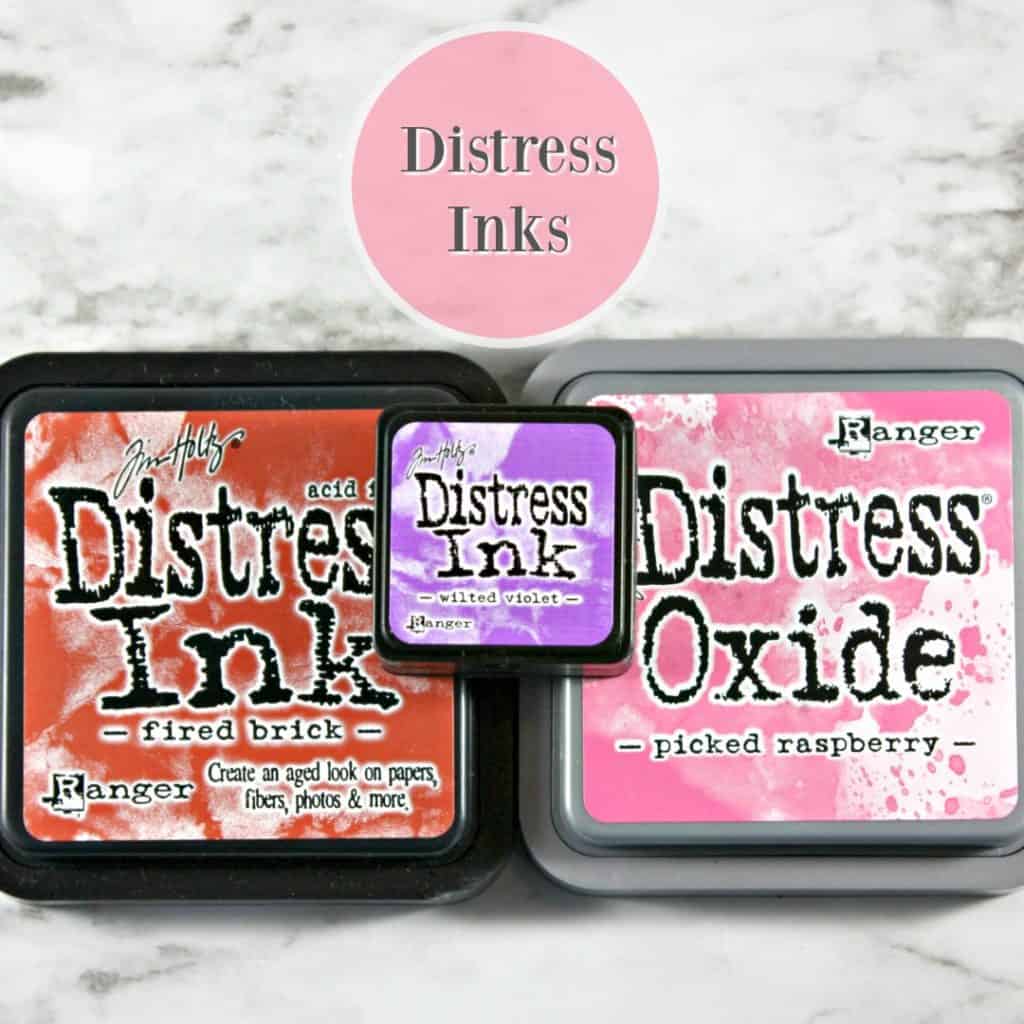
Ink is what brings your stamped images to life. Without a firm understanding of the six most commonly used inks in stamps, your projects won’t turn out how you expected. I hope with this information you can select the appropriate type of ink for your stamping project. I know it will be amazing! Below are a few of my favorite companies for ink.
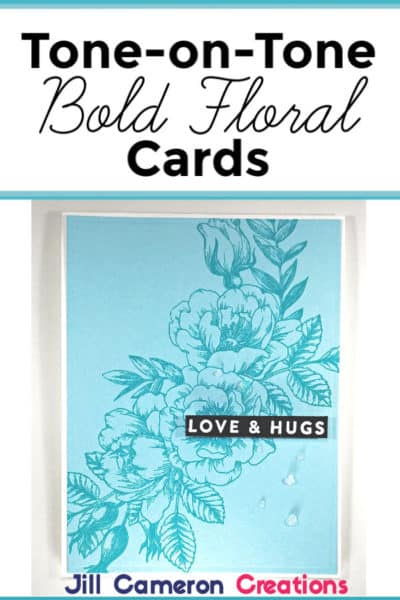

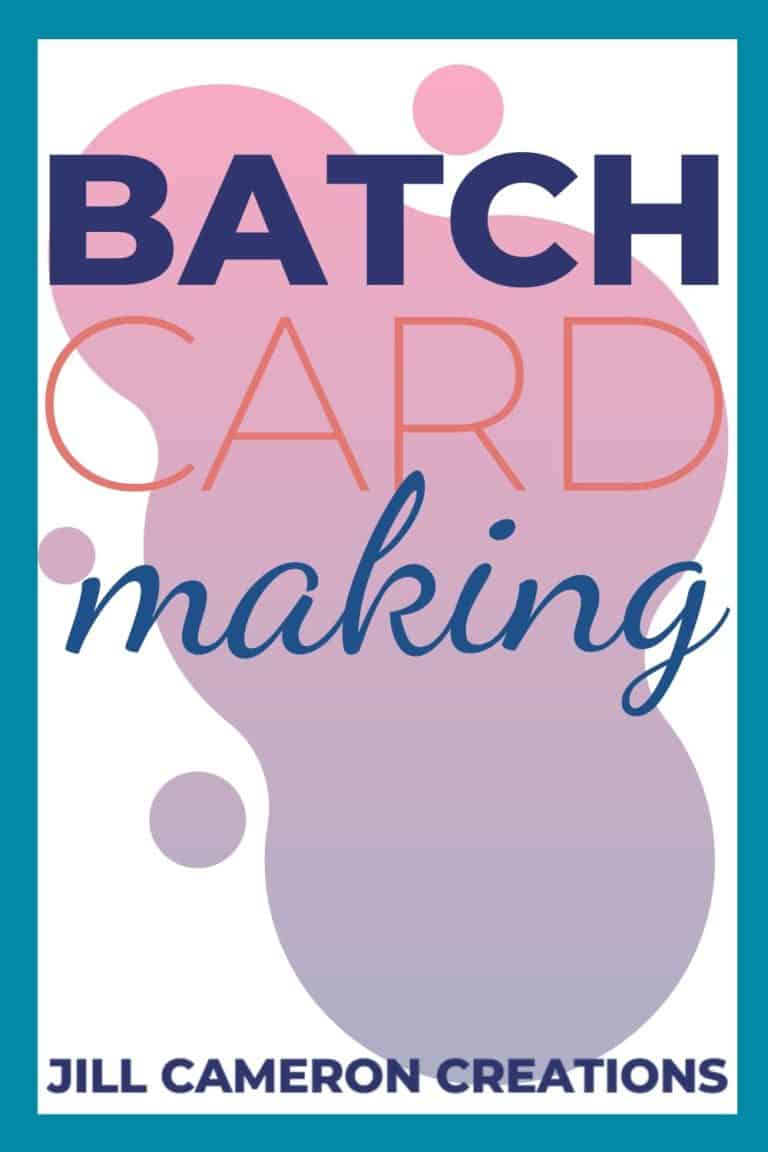
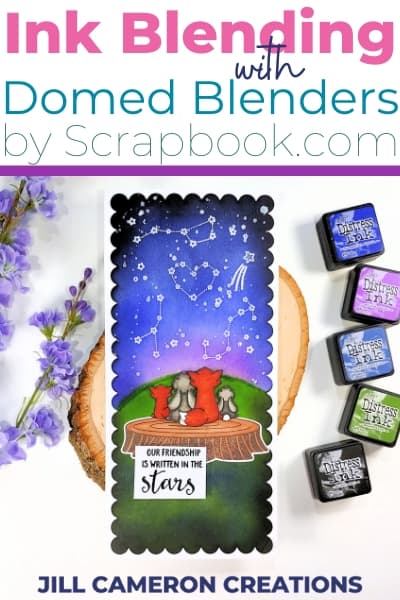
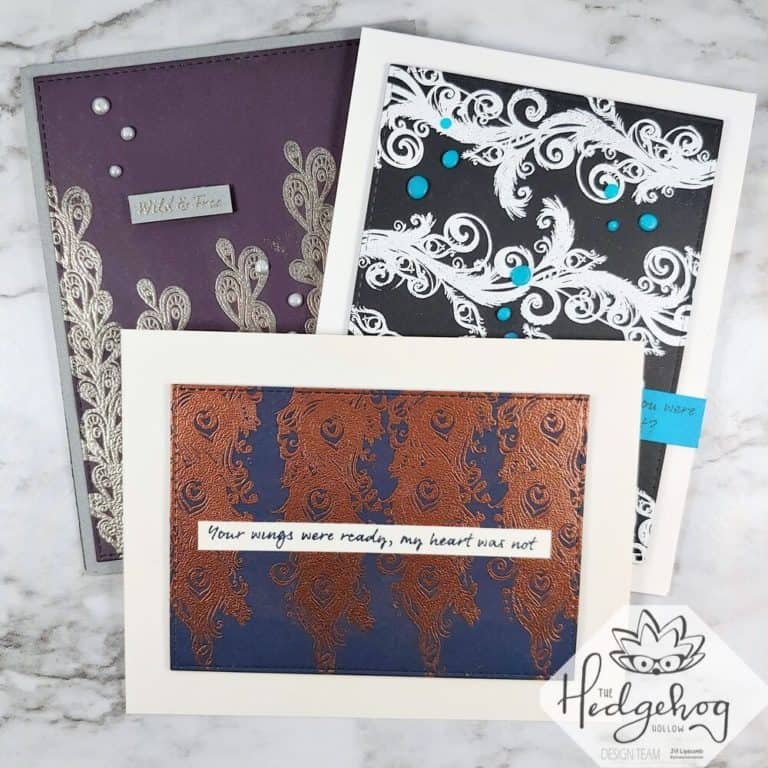
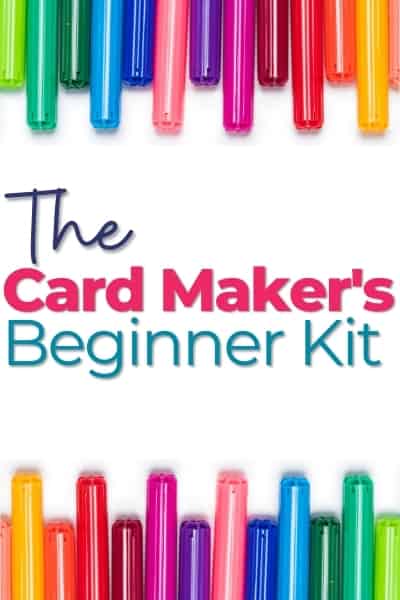
Thanks for the tip Ann,
The directions to clean Clear Stamps and Rubber Stamps Before and After use. I am going to clean mine now, The Ink on my Stamps do not transfer evenly
Now I understand why!
Donna
A clean stamp makes all the difference. I’m glad this information was helpful. Jill